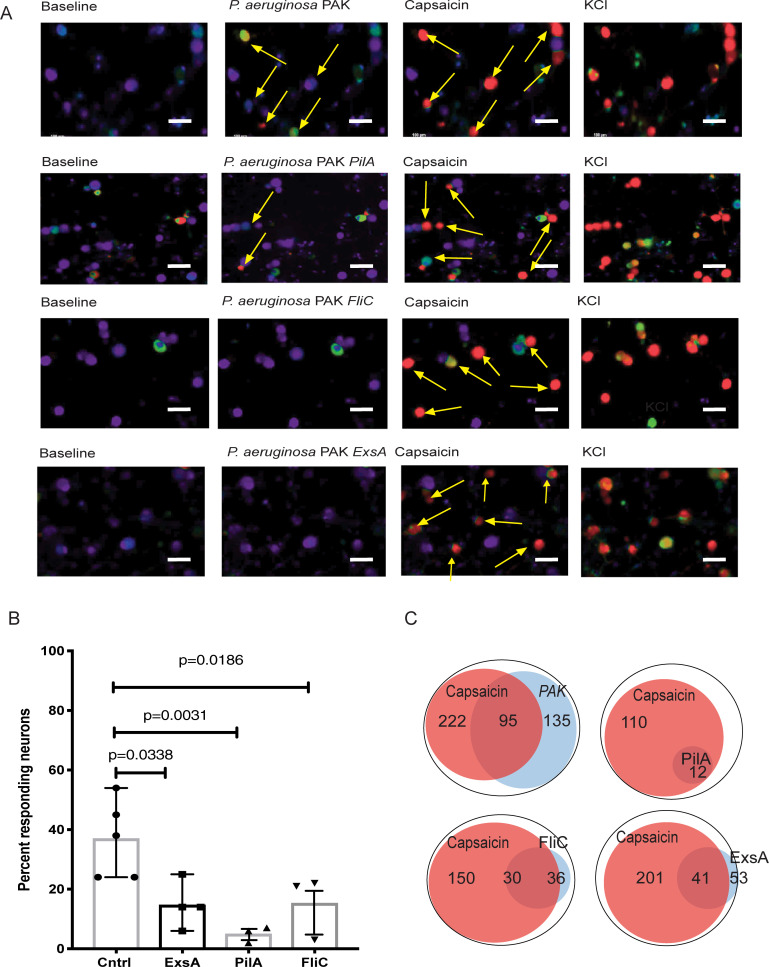Fig 3. P. aeruginosa virulence factors pili, flagella, and T3SS trigger neuronal activation.
A. Representative confocal images of neuronal activation by PAK (first row), PAK ΔpilA (second row), PAK ΔfliC (third row), and PAK ΔexsA (forth raw) strains of P. aeruginosa. Images were acquired at 10x magnification. Scale bar, 100 μm. Trigeminal ganglia were harvested from C57BL6/N mice and neuronal cultures were grown in vitro. Cultures were activated by exposure to live P. aeruginosa PAK or mutant strains, capsaicin, and potassium chloride (KCl). Neuronal cell activation was imaged for 30 min. Appearances of green or red neuronal cells (arrows) are indicative of activation. Capsaicin activates TRPV1-carrying neurons. KCl activates all live neurons. The arrows point to neuronal cells responding to stimulation. Note the appearance of green cells upon P. aeruginosa PAK stimulation (second image, first raw); the color changes to red upon capsaicin stimulation, illustrating the response of capsaicin-sensitive TRPV-1+ nociceptors. The transition from green to red indicates increase in the strength of Ca2+ fluxes activation (see also caption under Fig 2). Expectedly, capsaicin application after P. aeruginosa stimulation elevates Ca2+ fluxes. B. Percent of neurons responding to different strains of P. aeruginosa. Responding cells were characterized as neurons that displayed a signal 25% higher than the baseline. Significantly fewer neurons responded to exsA, pilA, and fliC mutants when compared to neurons responding to PAK WT (Overall one-way ANOVA p<0.05, p-values indicate comparisons to PAK WT exposure (Cntrl) using Dunnett’s pairwise comparison test). C. Venn diagrams of numbers of P. aeruginosa–induced responding neurons and capsaicin-responding neurons per analysis. The overlap between capsaicin-responding neurons and P. aeruginosa-responding neurons indicates that TRPV1+ neurons can be activated after P. aeruginosa stimulation. Data show that virulence factors governing bacterial motility or T3SS promote neuronal activation.

